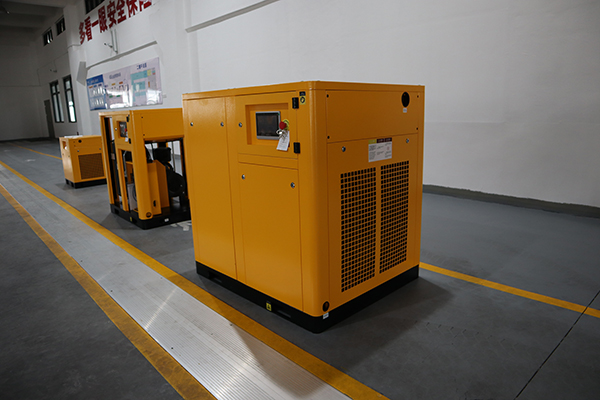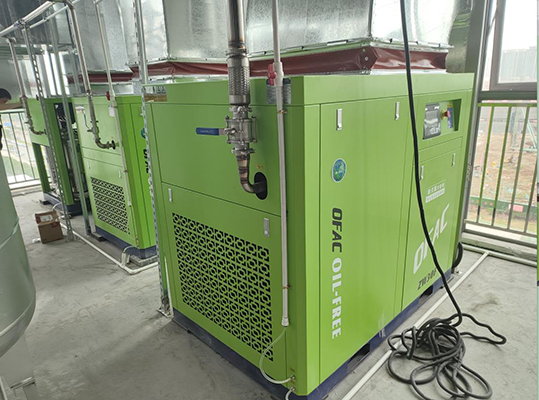Industry air compressor for furniture manufacturing driving upholstery and assembly tools
News 2025-10-27
In furniture manufacturing, industrial air compressors are crucial for powering the tools involved in upholstery and assembly. They generate compressed air that drives pneumatic devices, enabling efficient fastening of fabrics, inflation of cushions, and precise joining of components. This technology supports high-speed production while maintaining accuracy and quality, making it integral to competitive operations in the sector.

Applications in Production Processes
Air compressors play a key role in upholstery by powering tools like air staplers and hammers that securely attach materials to frames. In assembly, they drive impact wrenches and robotic systems for fastening joints and handling parts with speed and precision. Compressed air also aids in finishing tasks, such as spraying adhesives and cleaning surfaces, which streamline workflows and enhance product durability in furniture plants.
Key Performance Features
These compressors deliver consistent high-pressure air, ensuring reliable tool performance during extended use. With energy-efficient designs, they reduce consumption by adjusting output to match operational needs, lowering costs. Their durable construction withstands demanding conditions, minimizing breakdowns and supporting continuous production, which is vital for maintaining efficiency and quality standards in industrial settings.
Frequently Asked Questions
1. What are the main types of air compressors used in furniture manufacturing?
Rotary screw compressors are preferred for their continuous operation and efficiency in high-demand environments.
2. How do air compressors improve efficiency in upholstery tasks?
They provide instant power for tools, reducing manual effort and speeding up processes like fabric attachment.
3. What maintenance practices ensure longevity of air compressors in this industry?
Regular checks for leaks, filter changes, and lubrication help maintain performance and prevent downtime.


